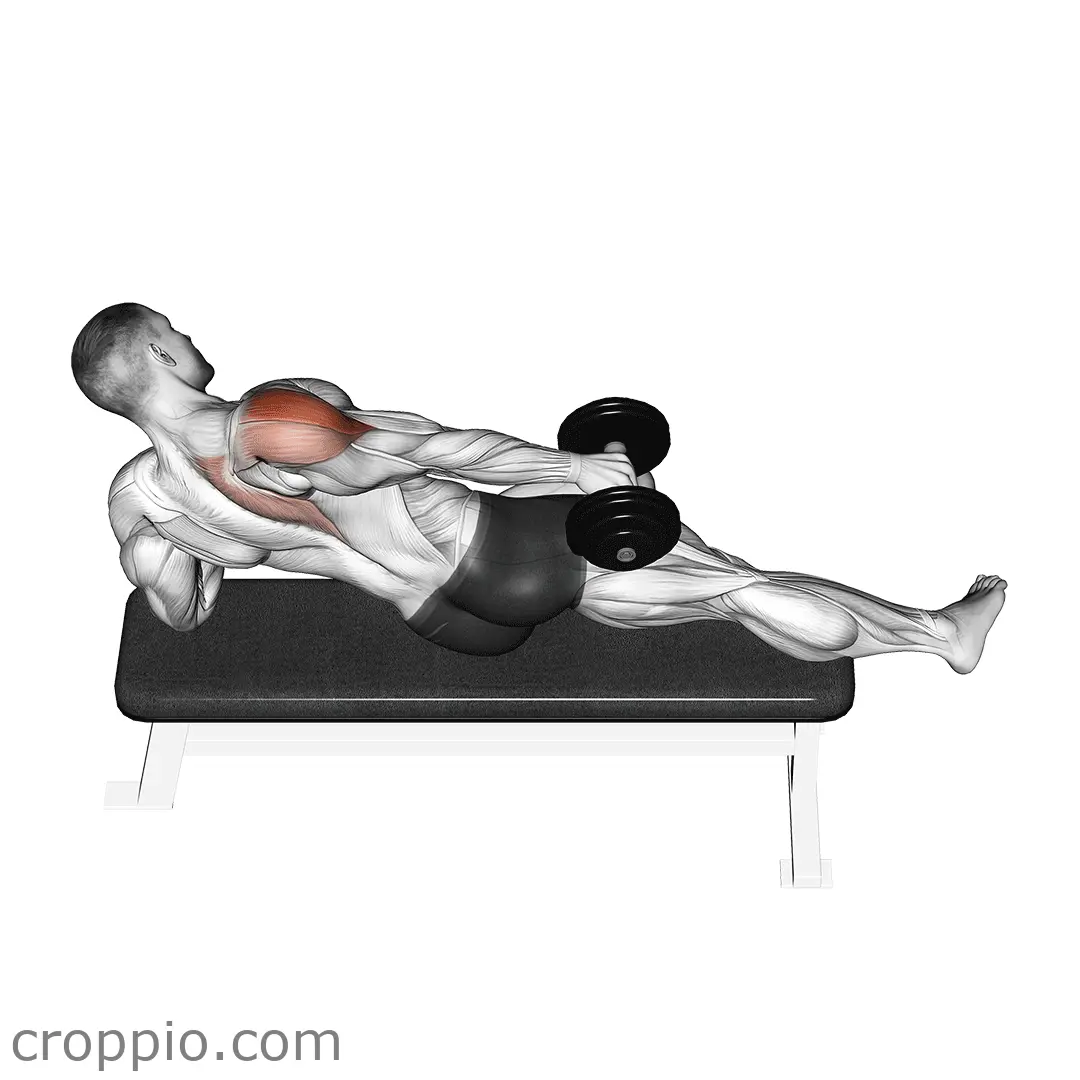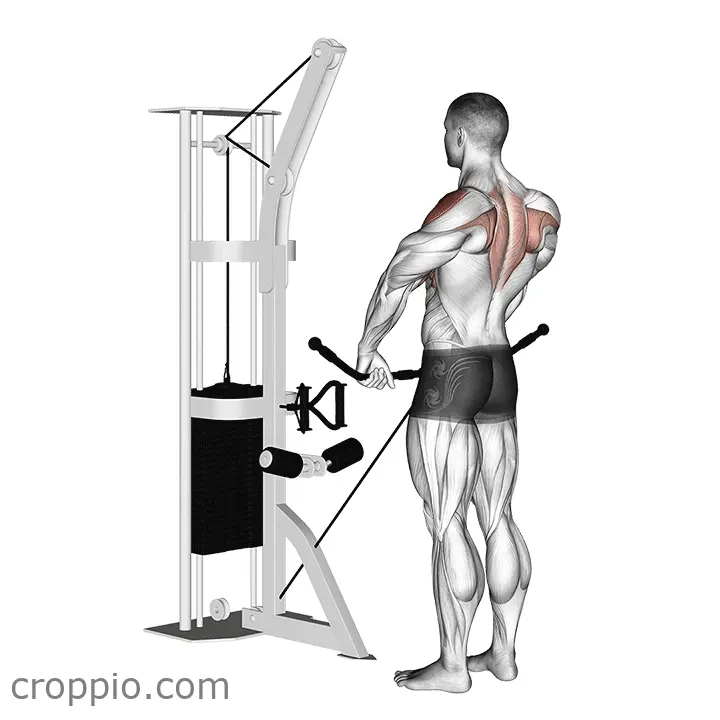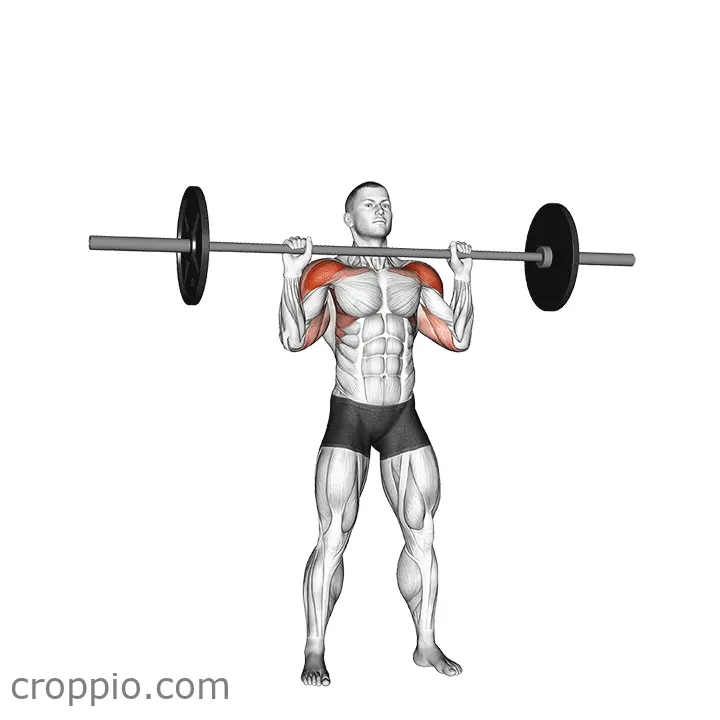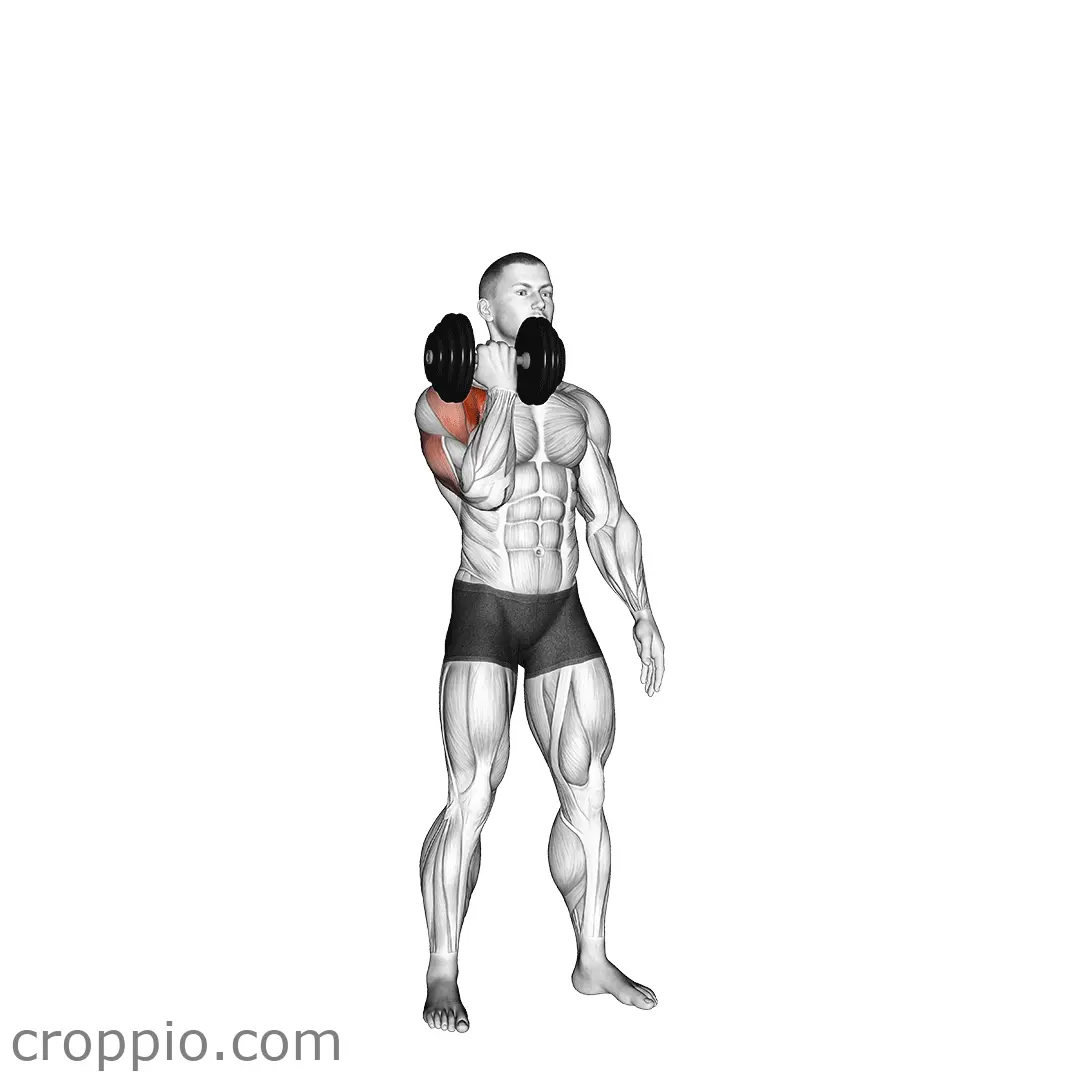Dumbbell Lateral Raise

Muscles Involved
The dumbbell lateral raise primarily targets the deltoid muscles, particularly the lateral or middle head, which is crucial for achieving broader shoulders. This exercise also engages the supraspinatus, a part of the rotator cuff, helping with shoulder stabilization. Secondary muscles involved include the upper trapezius and the serratus anterior, which assist in maintaining proper shoulder alignment while lifting the weights. By focusing on these muscle groups, the lateral raise effectively develops shoulder definition and enhances overall upper body strength.
Top Mistakes
- Using excessively heavy weights can lead to improper form and increased risk of injury.
- Allowing momentum to lift the weights instead of using muscle control, which diminishes the exercise's effectiveness.
- Raising the dumbbells too high, often above shoulder level, can strain the shoulder joint.
- Neglecting to maintain a slight bend in the elbows, resulting in unnecessary stress on the joints.
Execution Tips
- Start with light weights to master your form before progressing to heavier loads.
- Stand tall with feet shoulder-width apart and hold a dumbbell in each hand at your sides.
- Engage your core and keep your shoulders relaxed while maintaining a neutral spine.
- As you raise the dumbbells, lead with your elbows and keep the movement controlled, lifting to shoulder height.
- Lower the weights back to the starting position slowly, ensuring continuous tension in the muscles.
Workouts
The dumbbell lateral raise can be incorporated into various workout routines. Ideally, include it in shoulder or upper body sessions. A typical structure might involve 3 to 4 sets of 10 to 15 repetitions. If combined with complementary exercises such as overhead presses or front raises, consider spacing them out to prevent muscle fatigue. Ensure adequate rest between sets, approximately 30 to 60 seconds, to maintain optimal performance throughout your workout.
Conclusion
In summary, the dumbbell lateral raise is an essential exercise for developing shoulder strength and enhancing upper body aesthetics. By effectively targeting the deltoids and supporting muscles, it contributes significantly to improved muscle definition and stability. Proper execution and awareness of common mistakes are vital for maximizing benefits while minimizing the risk of injury, making this a staple in any strength training regimen.



